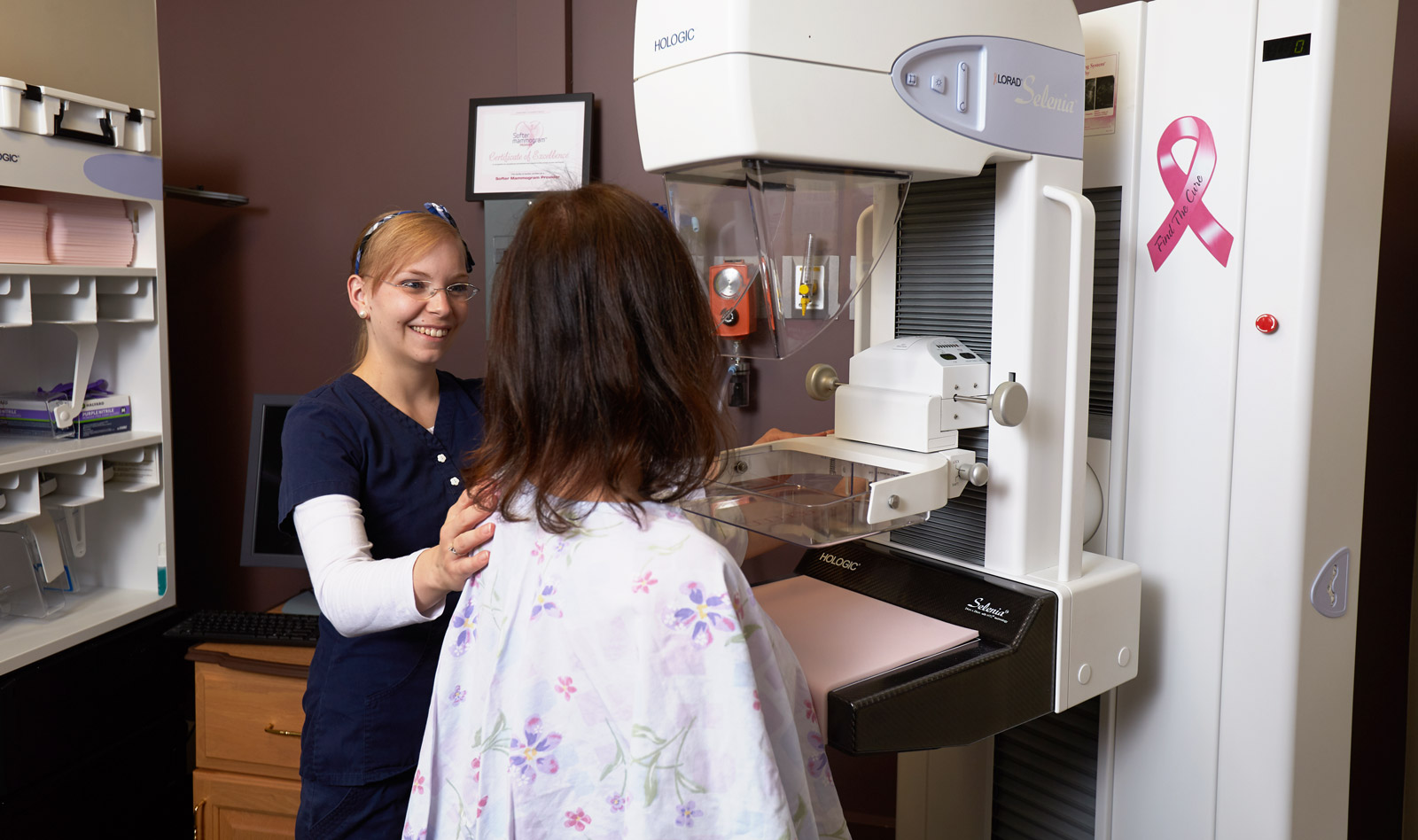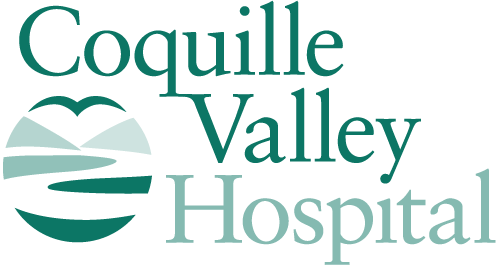Mammography Matters
Breast cancer is the second most common cancer among women in the United States, according to the Centers for Disease Control and Prevention. Men can get breast cancer, too, with more than 2,700 diagnosed each year, the American Cancer Society reports.
Depending on your age and risk factors for breast cancer, regular breast screening is an important tool for detecting breast cancer early. Regular mammograms, aka breast imaging, are the best tests medical providers have for detecting breast cancer. Breast screenings do not prevent breast cancer, but early detection makes it possible to find and diagnose breast cancer before symptoms appear, making it easier to treat.

Gold Seal of Accreditation for Mammography
At Coquille Valley Hospital, we have earned the American College of Radiology Gold Seal of Accreditation for Mammography and we’ve invested in the latest state-of-the-art mammography technology to provide the best-possible imaging and patient care.
Learn more about the mammography services available at Coquille Valley Hospital Medical Imaging, the current recommendations for how often to screen for breast cancer, and your risk factors for breast cancer.
Mammography Services
A mammogram is an X-ray picture of breast tissue. These pictures help medical providers detect tumors that can’t be felt, to note changes in breast tissue and to determine if breast tissue is dense, which is a risk factor for breast cancer.
Mammography at Coquille Valley Hospital is available in 2D or 3D. Mammograms in 2D are two pictures of each breast, taken from the top and from the side, to create a complete image of the breast. Mammograms in 3D, aka tomosynthesis, produce more pictures of each breast, creating better clarity.
To serve our patients, we offer the latest technology in 3D mammography: Hologic’s 3Dimensions mammography system. This new system, now in place at our Medical Imaging facility, provides high-quality 3D images for radiologists and a more comfortable experience for patients.
Both 2D and 3D mammography are in line with current screening recommendations, according to the American Cancer Society. For women with known dense breast tissue, 3D mammography is sometimes recommended. It is up to individual health insurance carriers as to which kind of mammogram is covered, so be sure to check with your insurance provider about your coverage.
Whether you have a 2D or 3D mammogram, the experience for the patient is the same: each breast is gently compressed. This is especially true for Hologic’s 3Dimensions mammography system, which is designed to minimize discomfort while achieving the highest quality breast images. Mammogram results generally will be mailed to patients of Coquille Valley Hospital Medical Imaging within a week of the appointment. The information also will be available via the patient portal. If any abnormalities are detected, you will be contacted as soon as possible.
Read more about mammography from the National Cancer Institute.
Breast Cancer Screening Recommendations
The United States Preventative Services Task Force, a group of disease experts and doctors who study the research and inform medical providers to help patients avoid diseases or detect them early, recommends the following for breast cancer screenings:
- For woman who are 50 to 74 years old and at average risk for breast cancer, get a mammogram every two years.
- For women who are 40 to 49 years old, talk to your primary care provider about when to start and how often to get a mammogram, based on your risk factors for breast cancer, including family history. Women younger than 50 should also weigh the benefits and risks of screening tests when deciding whether or not to get one.
- A doctor may recommend breast screening for men who have a genetic mutation that increases the risk for developing breast cancer.
To schedule your mammogram, contact Coquille Valley Hospital Medical Imaging. To prepare for your mammogram, do not to wear deodorant, perfume or lotion on the day of your appointment.
Breast Cancer Risk Factors
The CDC lists several risk factors for breast cancer, including:
- Getting older: Most breast cancers are diagnosed in women and men after age 50.
- Genetic mutations: Inherited genetic mutations, such as the BRCA1 and BRCA2 genes, increase the risk for breast cancer.
- Dense breast tissue: In dense breasts, there is more connective tissue that makes it difficult to see tumors on a mammogram, meaning that a tumor could go undetected.
- Personal and family history: People who have had breast cancer and who have relatives who have had breast cancer are at an increased risk for breast cancer.
Other risk factors for breast cancer can be minimized with lifestyle changes, including:
- Being sedentary: For women, not being physically active increases breast cancer risk.
- Being overweight after menopause: Being overweight increases breast cancer risk.
- Taking certain hormones during menopause: If taken for more than 5 years, some hormone replacement therapies, such as those with both estrogen and progesterone, can increase breast cancer risk.
- Drinking alcohol: Studies show that a women’s risk for breast cancer increases as alcohol consumption increases.
Self-Breast Exams
Women should be familiar with how their breasts normally look and feel. Regular self-breast exams can help women become familiar with their breasts. Things to notice include a change in breast size or shape; dimpling, puckering or bulging of breast skin; a palpable lump within breast tissue.
Make an appointment with your primary care provider right away if you notice any changes in your breasts.

